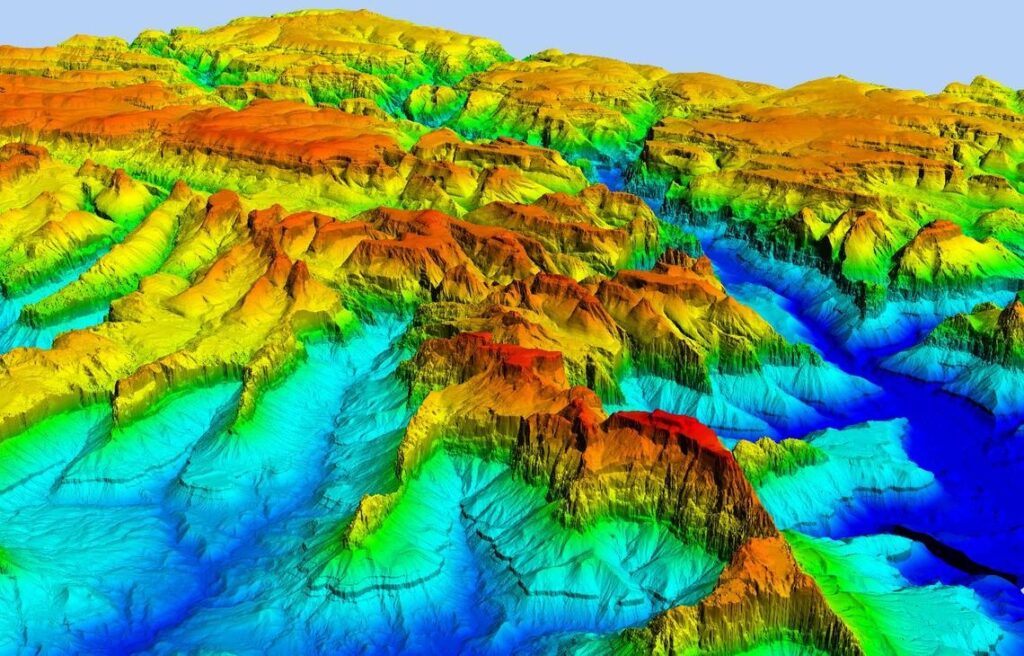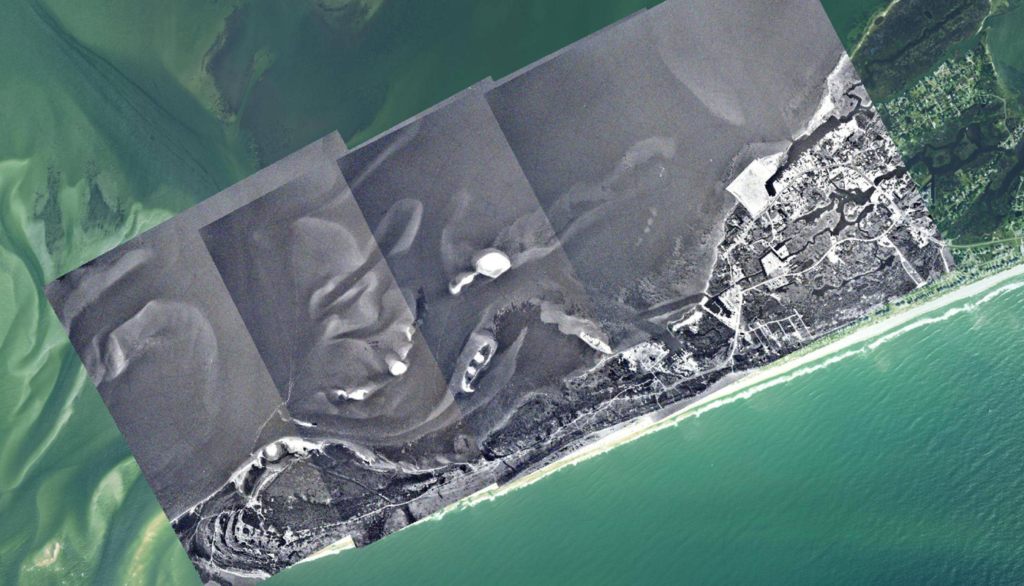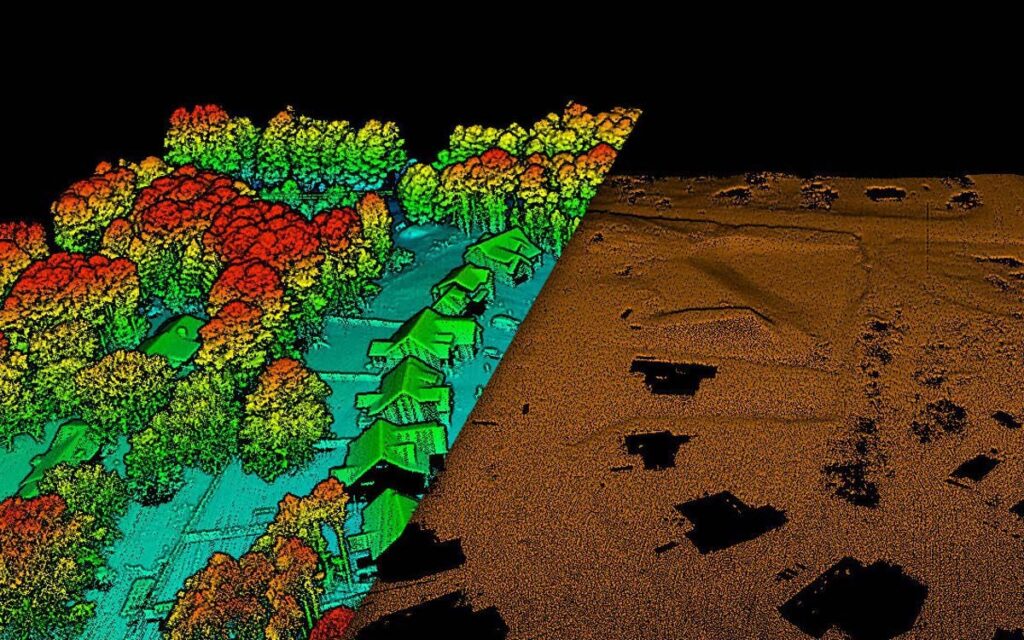Web-based Geographic Information Systems (Web GIS) have become indispensable tools for managing, visualizing, and sharing spatial data. Their ability to deliver real-time geospatial information over the internet is changing the game across sectors like urban planning, environmental monitoring, disaster response, and logistics. This article breaks down the core structure and functionality of Web GIS and highlights how it enables dynamic, real-time spatial analysis.
Introduction
Geographic Information Systems (GIS) have long been used to analyse and visualize spatial data, offering valuable insights into physical landscapes and human activity. Traditionally, GIS relied on specialized desktop software and technical know-how. But with the rise of cloud computing, high-speed internet, and open-source tools, GIS has moved to the web. Enter Web GIS a more accessible, scalable, and collaborative way to work with geospatial data.
Web GIS makes it possible to access up-to-date spatial data from anywhere, helping people make smarter, faster decisions. This paper explores how Web GIS works, its theoretical background, system architecture, and its growing impact in the real world.
What Is Web GIS?
Web GIS uses modern web technologies like HTML5, JavaScript, WebGL, and REST APIs to let users access, view, and analyse spatial data through any internet-connected device. Whether you’re on a computer or a smartphone, you can interact with maps and geospatial information in real time.
Here’s a breakdown of its key components:
- Client Side Applications: These are the user interfaces like web browsers and mobile apps where people interact with maps, run analyses, and explore data. They’re designed to be interactive and user-friendly.
- Server Side Processing: The backend handles requests from the client, performs heavy-lifting tasks like spatial analysis, and sends the results back to be displayed onscreen.
- Spatial Database Management System (DBMS) :This is where all the geospatial data lives. It’s built to manage large, complex datasets efficiently and respond to geographic queries quickly. Together, these parts create a flexible, interactive system that supports everything from city planning and environmental tracking to disaster management and logistics. Web GIS makes geospatial data more accessible, helping more people make data informed decisions.
RealTime Spatial Data: How It Works
Real time spatial data is constantly updated as it’s collected, offering a live view of what’s happening on the ground. Web GIS combines data streams, adheres to Sensor Web Enablement (SWE) standards, and uses event-driven architecture to manage this continuous flow of information.
Data Sources Include:
- Remote Sensing Platforms: Satellites and drones collect images and data about the Earth’s surface, which can be used to monitor land use, track environmental changes, or respond to natural disasters.
- Internet of Things (IoT) Devices: From GPS trackers to air quality sensors, these devices send real-time data about their surroundings—everything from weather and pollution to traffic flow.
- Crowdsourced Data: Social media check-ins, community reporting platforms, and similar tools provide up-to-the-minute, user-generated insights into local conditions and events.
- Geospatial APIs: APIs from mapping and weather services offer access to live data streams like traffic updates and weather reports, enriching the GIS experience.
- Visualization & Integration: Web GIS uses technologies like web sockets, REST APIs, and MQTT to bring real-time data into interactive maps. Tools like time-enabled layers and spatiotemporal modelling let users explore how data changes over time. Dynamic symbology icons and colours that update with the data help users interpret what they see quickly and clearly.
Where Web GIS Makes a Difference
- Emergency Response: In crises, Web GIS tools provide live maps showing fires, floods, or evacuation routes. Platforms like FEMA’s GeoPlatform or Esri’s Disaster Response Program help teams coordinate efforts and respond effectively.
- Urban Planning & Smart Cities: Cities use Web GIS to monitor traffic, evaluate infrastructure, and visualize zoning changes. Real-time sensor data helps optimize traffic flow and reduce emissions.
- Environmental Monitoring: Sensor networks and environmental models powered by Web GIS can track deforestation, glacial melt, and pollution, giving agencies a clearer picture of ecosystem health.
- Logistics & Supply Chain: Companies like Amazon and FedEx use Web GIS to plan delivery routes, track fleets, and manage inventories, all in real time, improving efficiency and customer service.
Benefits and Challenges
Advantages:
- Easy Access: No special software needed just a web browser.
- Scalability: It can be used by small teams or large organizations.
- Collaboration: Supports shared data editing and viewing across users.
- Integration: Works with data from many sources thanks to open standards.
Limitations:
- Data Delays: Performance depends on internet speed and server capacity.
- Security Risks: As with any web tool, data breaches and vulnerabilities are a concern.
- Lack of Standards: Different systems don’t always play nicely together.
Looking Ahead
Web GIS is evolving fast. Technologies like machine learning, augmented reality (AR), and 5G are boosting their potential for prediction, immersive maps, and hyperlocal analysis.
At the same time, the push for open data and citizen science is expanding the number of people who can participate in spatial decision-making. More people are getting involved in shaping their communities through Web GIS.
Conclusion
Web GIS is changing how we access and use geospatial information. It breaks down barriers, bringing real-time data into the hands of more people. As our world becomes increasingly data driven and location-aware, Web GIS will continue to play a crucial role in helping us understand and respond to the spaces we live in.


